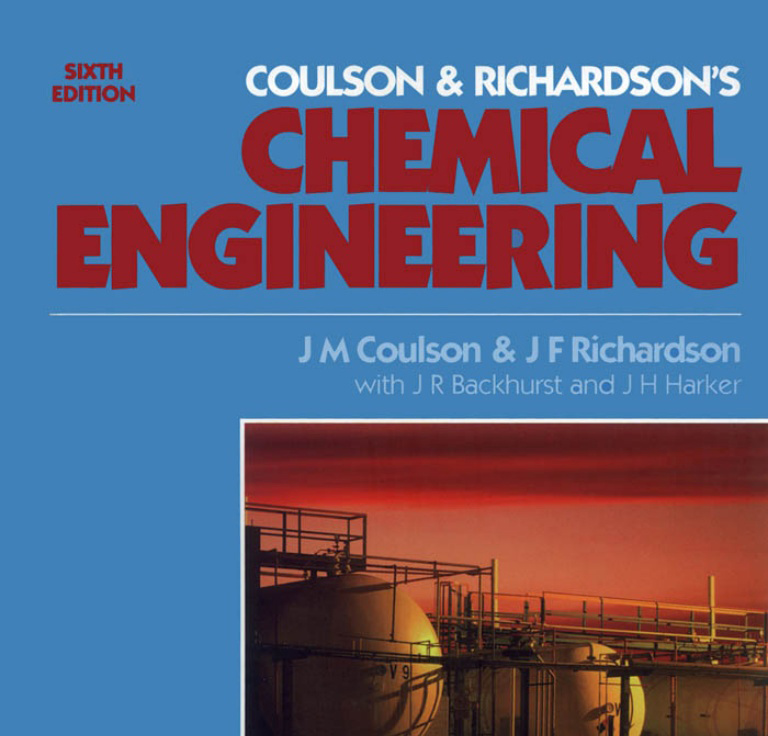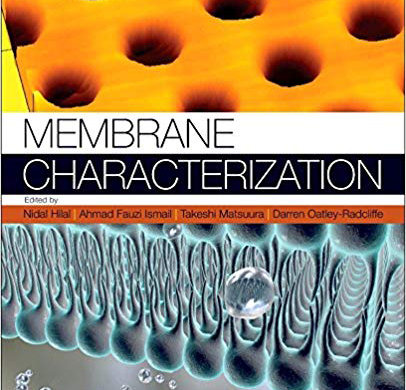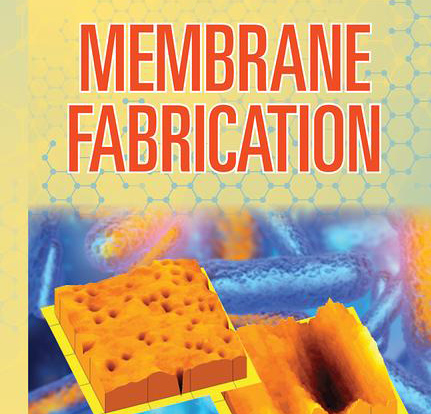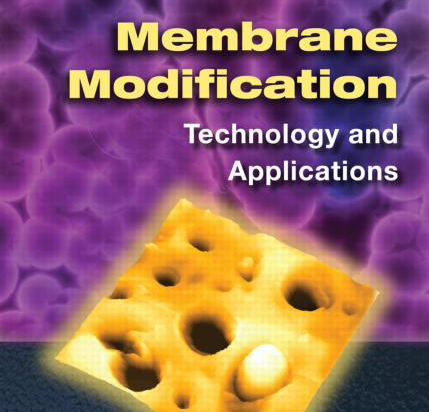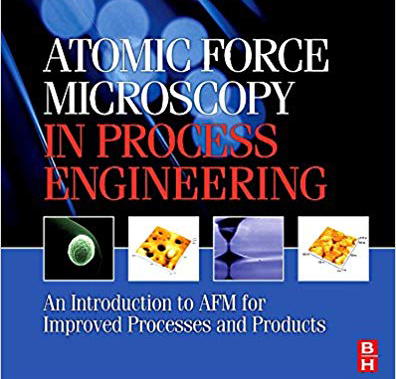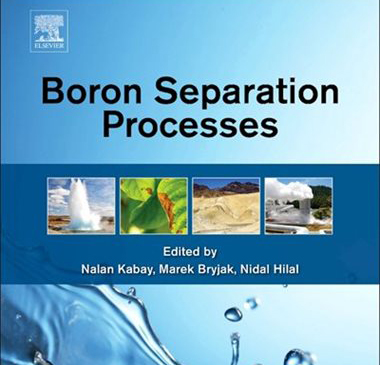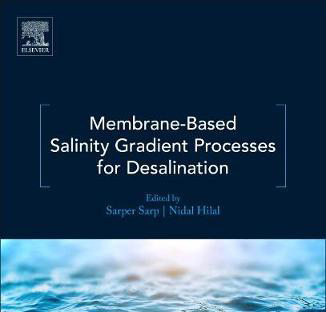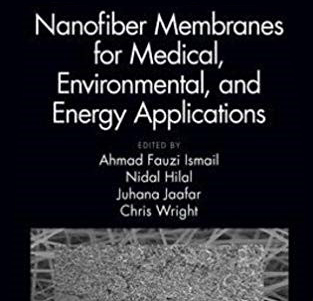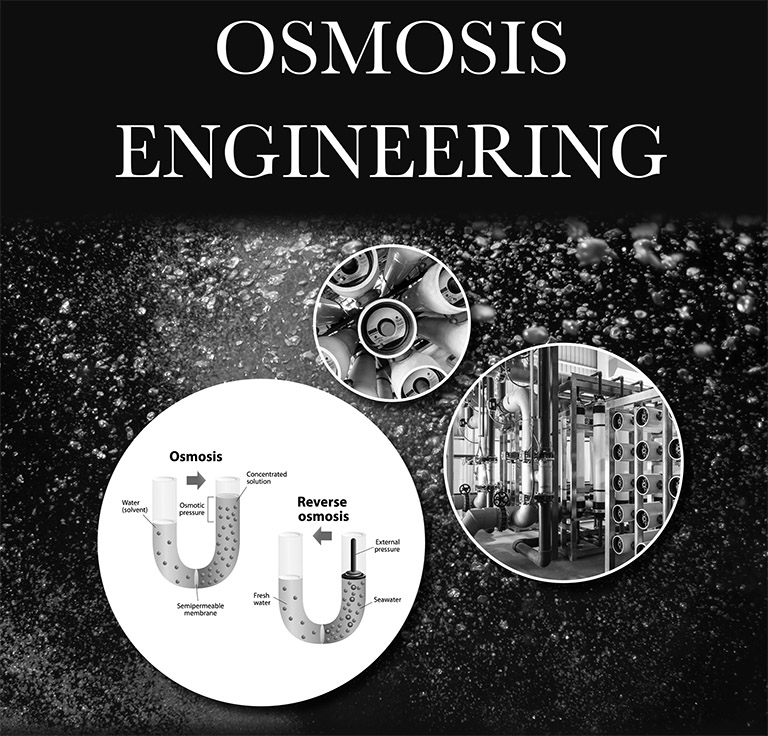Expertise in Atomic Force Microscopy and Membrane Separation
Chemical Engineering at Swansea University is known internationally for its expertise in Atomic Force Microscopy (AFM), Membrane Separation and Water Treatment.
This is seen by the publication of six books authored by Swansea University academics:
- Atomic Force Microscopy in Process Engineering by Professor Richard Bowen and Professor Nidal Hilal
- Membrane Fabrication by authors including Professor Nidal Hilal and Dr Chris Wright
- Membrane Modification: Technology and Applications by authors including Professor Nidal Hilal and Dr Chris Wright
- Membrane Characterization by authors Professor Nidal Hilal, Dr Ahmad Ismail, Dr Takeshi Matsuura and Dr Darren Oatley-Radcliffe
- Boron Separation processes by authors including Professor Nidal Hilal
- Membrane-Based Salinity Gradient Processes for Desalination by authors Professor Nidal Hilal and Dr Sarper Sarp
- Nanofiber Membranes for Medical, Environmental, and Energy Applications by authors including Professor Nidal Hilal and Dr Chris Wright
- Osmosis Engineering by authors including Professor Nidal Hilal
Coulson and Richardson's Chemical Engineering
Professor J F (Jack) Richardson led chemical engineering at Swansea University from 1960 to 1987 establishing a vibrant and internationally recognised centre of excellence that still benefits from his legacy today. His most enduring achievement was being the co-author and editor of the comprehensive textbooks Coulson and Richardson's Chemical Engineering.
This standard textbook is used for teaching chemical engineers world-wide and for over 50 years has been translated into many languages and is still the most comprehensive work of its kind.
After working at Imperial College, Jack came to Swansea University in 1957 to take up a Chair in Chemical Engineering. He was an excellent teacher, effortlessly able to explain the most difficult concepts to his audience. He could give a key note lecture at a conference and keep an audience of distinguished professors and industrialists mesmerised with his discussion.
Membrane Characterization
The handbook Membrane Characterization The handbook addresses membrane characterisation and comprehensively reviews and assesses the methodologies and techniques available for inorganic, polymeric and composite membranes. A vast array of commercially available and advanced laboratory techniques are discussed, explained and put into factual context through diagrams, descriptions and worked examples that illustrate and inform the reader. It provides a valuable source of information on how membranes are characterized, an extremely limited field that is confined to only brief descriptions in various technical papers available online.
For the first time, readers will be able to understand the importance of membrane characterization, the techniques required, and the fundamental theory behind them. This book focuses on characterization techniques that are normally used for membranes prepared from polymeric, ceramic, and composite materials.
Membrane Fabrication
Professor Nidal Hilal and Dr Chris J. Wright are the co-authors of a recently published book by CRC Press titled ‘Membrane Fabrication’, ISBN: 9781482210453.
The book addresses membrane manufacturing and comprehensively reviews and assesses the membrane fabrication process and the techniques for inorganic, polymeric and composite membranes. It discusses various commercial and emerging fabrication techniques and details how different membranes can be fabricated and tailored for specific applications in many applications including desalination and water treatment.
It shows the effects of different fabrication conditions on inorganic, polymeric and composite membranes and how these fabrication conditions can be controlled to optimize membrane construction and the subsequent application of the membrane system.
Professor Nidal Hilal is Chair in Water Process Engineering, College of Engineering and Editor-in-Chief of the International journal Desalination and Dr Chris J. Wright is a Reader in the College of Engineering at Swansea University.
Membrane Modification: Technology and Applications
It is written for engineers, scientists, graduate students, and researchers in the field of membrane science and technology, materials science, applied physics, chemistry, and environmental science.
The book presents the complete range of membrane modification techniques used to increase efficiency of membrane processes. It starts with an examination of the use of membrane modification to optimize the performance of membranes used in industry.
It concludes by demonstrating how membrane modification can improve separation processes in industrial sectors that are recognized as global polluters of water sources.
Atomic Force Microscopy in Process Engineering
The first book to bring together both the basic theory and proven process engineering practice of AFM.
It is presented in a way that is accessible and valuable to practising engineers as well as to those who are improving their AFM skills and knowledge, and to researchers who are developing new products and solutions using AFM.
The book takes a rigorous and practical approach that ensures it is directly applicable to process engineering problems.
Fundamentals and techniques are concisely described. While specific benefits for process engineering are clearly defined and illustrated.
Boron Separation Processes
Professor Nidal Hilal publishes new book on Boron Separation Processes.
The book discusses the boron issue which is one of the target areas to be solved in desalination plants where membrane technologies are employed to produce water for irrigation.
Yet, whilst there are countless texts on water treatment and on membrane technologies, none address in a whole and integrated way the boron problem and separation processes for boron elimination.
The main goal of this book is to focus the attention on boron problems and to present some challenges for safe water production in order to invoke appropriate actions in efficient innovative directions.
The book features a wide array of topics covering this emerging and important technological area.
Membrane Based Salinity Gradient Processes for Desalination
This book consists of a series of chapters focused on the various types of membrane based salinity gradient processes, which can be applied for desalination.
The topic areas discussed within the text span over various types of salinity gradient processes for desalination such as Forward Osmosis (FO) and Pressure Retarded Osmosis (PRO) including the membranes developed and being developed for these processes.
The main objective of this book is to give a clear picture of the current state-of-the-art developments in salinity gradient processes in desalination, which are being widely accepted as one of the most promising processes to improve energy efficiency in desalination.
This book focuses on economically feasible process optimization when both operational and capital costs are considered.
Nanofiber Membranes for Medical, Environmental, and Energy Applications
This book is authored by Professor Nidal Hilal and Dr Chris Wright and published by CRC press (ISBN-13: 978-0815387039).
It focuses on the nanofiber membrane’s fabrication, characterization, and performance for medical, environment and energy applications. Topics include polymer, inorganic and composite-form nanofiber membrane materials. Top Research teams from varied disciplines and continents outline applied nanofiber membrane fabrication techniques and characterizations. Promising nanofiber membranes for improving and enhancing technologies used in drug delivery, wound healing, tissue engineering, water and wastewater treatment and purification, gas separation and purification, air purification, and fuel cells are discussed along with the likely path forward for commercial usage.
Osmosis Engineering
The Osmosis Engineering book (ISBN: 978-0-12-821016-1) by Professor Nidal Hilal et al provides a comprehensive overview of the state of the art regarding osmosis based research and industrial/engineering applications. It covers the underpinning theories, technology development and commercial applications, with chapters written by the leading researchers in the relevant fields.
Engineered osmosis (EO) refers to a family of membrane based separation processes, with wide industrial applications, but primarily associated with the production of drinking water from seawater and brackish water, and with the treatment of contaminated and waste water. Osmosis is the diffusion driven flow of fluid across a semi-permeable membrane, leading to separation of solutes from solvent. EO collectively are processes based on driving solutions through a selective membrane either with or against the osmotic gradient. EO processes is a rapidly moving research which includes both isothermal (Forward Osmosis, FO; Pressure Retarded Osmosis, PRO; Reverse Osmosis, RO; Osmotic Distillation, OD) and non-isothermal (Osmotic Membrane Distillation, OMD; Thermo-osmosis, TO) membrane separation processes used for water and energy production.

